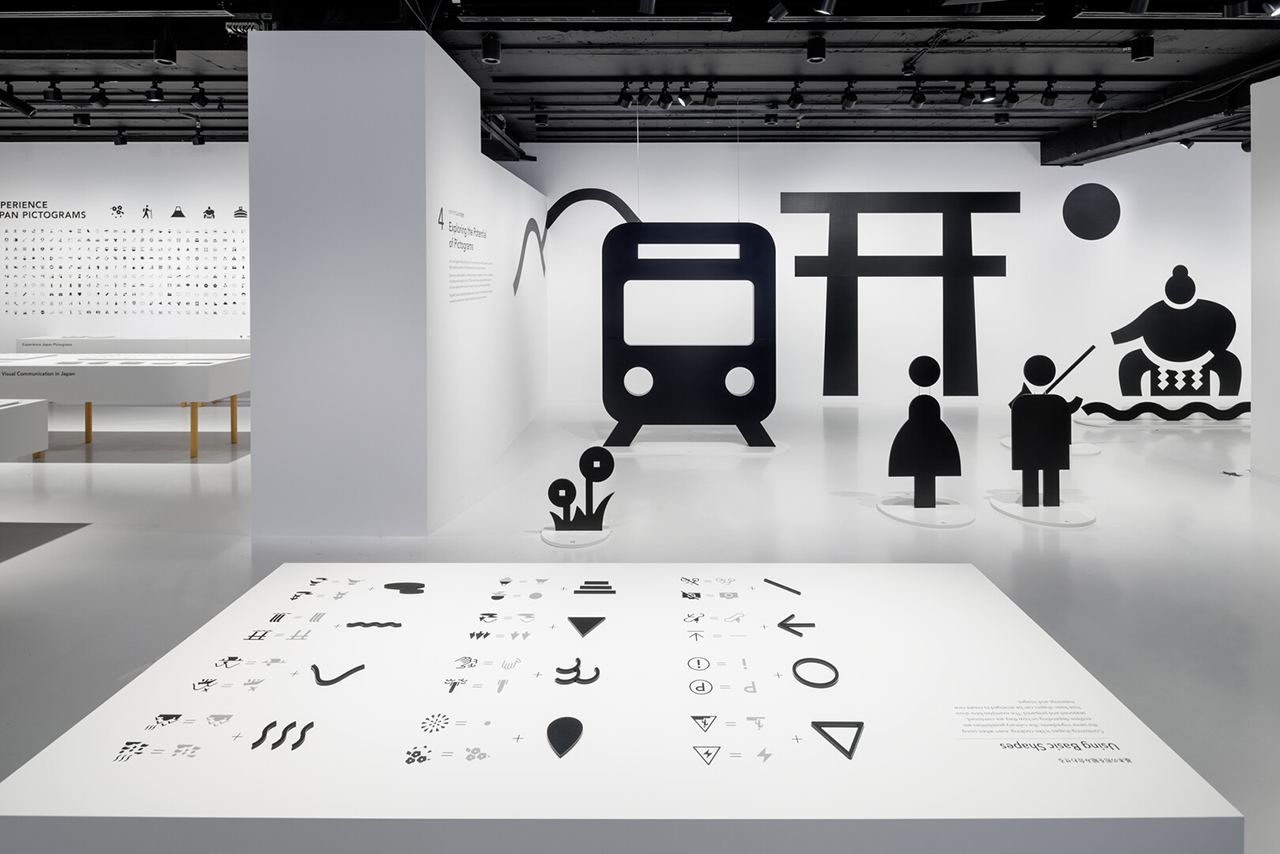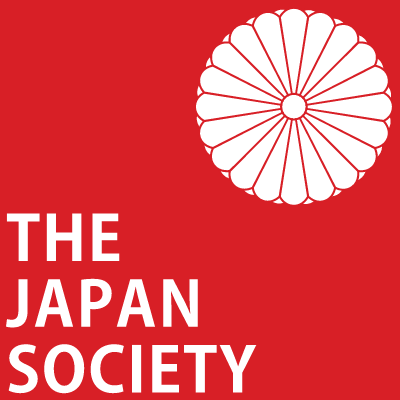Exhibition - Pictograms: Iconic Japanese Designs

at Japan House London
(30 July – 9 November 2025)
Review by Vittorio Cimino
Long before people learned to read or write with letters, we drew pictures. From animals on cave walls to symbols carved into stone tablets, humans have always used visual forms to communicate. These early images, what we now call pictograms, were our first shared language. Even today, we continue to rely on pictograms to navigate unfamiliar places, follow instructions, or express emotions without words. They appear on road signs, public toilets, train stations, and digital screens, quietly guiding us through cities and across cultures.
While pictograms are used across the globe, no country has embraced, refined, and elevated them quite like Japan. In Japan, pictograms are not merely functional, they are part of a deep visual culture that values clarity, beauty, and precision. From the form of a tea bowl to the arrangement of a Zen garden, Japanese design is known for its simplicity and meticulous attention to detail. That same philosophy informs how pictograms are conceived and applied: clear, composed, and thoughtfully designed.
A new exhibition at Japan House London invites visitors to explore this ongoing story. Pictograms: Iconic Japanese Designs celebrates Japan’s singular contribution to the evolution of pictograms, from the groundbreaking symbols created for the 1964 Tokyo Olympics to the dynamic animated icons developed for the Tokyo 2020 Games. These newer pictograms move and shift, conveying gestures and actions in real time. Playful yet precise, they reflect Japan’s ability to blend tradition with technology in a uniquely expressive visual language.
This is a rare opportunity to see the exhibition in its debut presentation. After its run in London, it will travel to Japan House Los Angeles and Japan House São Paulo, bringing Japan’s design legacy to a wider international audience.
The exhibition offers a compelling look into the history, design process, and future of pictograms through a series of engaging installations. These immersive displays invite visitors to follow the development of pictograms from their earliest conceptual stages through exploration, definition, refinement, and ultimately, simplification. It’s a fascinating glimpse into how abstract ideas are distilled into simple, powerful visual forms. These installations reveal the careful thought and cultural intention behind symbols that most of us encounter daily without a second thought.

A key chapter explored in the exhibition is the creation of pictograms for the 1964 Tokyo Olympic Games. Japan faced the challenge of welcoming a diverse international audience and needed a way to communicate across linguistic divides. The solution was a revolutionary set of pictograms designed to speak to everyone, regardless of language.
Under the guidance of designers such as Katsumi Masaru and Yamashita Yoshiro, a team of experts developed a system of clean, geometric icons representing each Olympic sport and essential public services. These pictograms were elegant and efficient, simple lines and shapes conveying motion, meaning, and purpose. The swimming icon, for example, depicted an arm arching above stylised waves. The judo icon captured two figures mid-throw, frozen in dynamic tension. To foreign visitors, these signs offered immediate comprehension and quiet reassurance.
Beyond the Olympic Games, the exhibition charts the evolution of pictograms in Japanese daily life over the decades. In train stations, pictograms help passengers find exits, elevators, and restrooms with ease. In emergency manuals, they convey lifesaving information quickly and calmly. In supermarkets, they help shoppers identify ingredients, allergens, and usage instructions instantly. These icons are not just design solutions; they are essential tools of public life.
The exhibition is also a deep reflection on how Japanese pictograms embody core aesthetic principles rooted in the country’s design traditions. Concepts such as kanso (simplicity), ma (space or pause), and shibui (understated elegance) are at the heart of Japanese visual culture. These ideas can be traced back to historical forms like kamon, family crests that use minimal shapes to symbolise identity and values. Over centuries, such principles have evolved yet remained central, continuing to inform modern design. Even something as everyday as a toilet sign or a menu icon is approached with deliberate care. The goal is not merely to inform, but to communicate with quiet dignity, clarity, and respect.
Adding a fresh, local dimension to the exhibition is the My London Design Competition. Organised in partnership with The Japan Society, this initiative invited primary and secondary school pupils to design their own pictograms representing daily life in London. These imaginative and expressive creations are featured as part of the exhibition, celebrating the adaptability of pictograms across cultures and generations. They also highlight how this universal language continues to evolve in the hands of young designers.
What makes the exhibition especially captivating is how it draws attention to things we usually overlook. Most of us pass by signs without a second glance. But after visiting this exhibition, you may never see a pictogram the same way again. Whether it’s a stick figure spiking a volleyball or a symbol for a gender-neutral restroom, each pictogram carries a quiet story, of design, culture, and connection.
In many ways, pictograms represent the best of what design can achieve. They transcend language, reduce confusion, and help us feel at ease in unfamiliar places. They are silent guides in crowded stations, foreign cities, and moments of uncertainty. And thanks to Japan’s thoughtful and refined approach, they’ve become not only more functional, but more beautiful.
Visiting Pictograms: Iconic Japanese Designs is an invitation to pause, reflect, and appreciate the unseen signs that shape our daily lives. It’s a reminder that even the smallest visual cues can be imbued with care and intention. In an age of constant noise and overwhelming information, pictograms offer something increasingly rare, simplicity, clarity, and quiet confidence.

